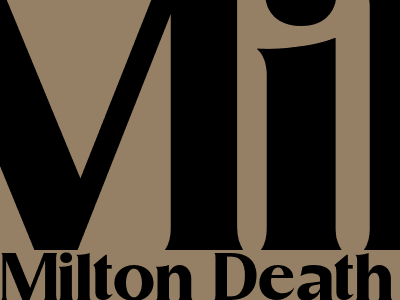SEO Optimization for Your Blog
Mastering the Art of Search Engine Optimization for Blogger
In the ever-evolving digital landscape, optimizing your blog for search engines has become paramount for gaining visibility and reaching your target audience. Whether you're a seasoned blogger or just starting out, understanding and implementing effective SEO strategies can significantly boost your website's ranking on search engine results pages (SERPs), ultimately increasing traffic and engagement.
In this comprehensive guide, we'll delve into the intricacies of SEO best practices, providing you with a thorough understanding of how to optimize your Blogger blog for both Google and Blogger compliance. By following these guidelines, you'll enhance your blog's visibility, attract organic traffic, and drive success in the competitive online world.
Optimizing Your Blog for Google and Blogger
1. Keyword Research: Laying the Foundation
Keyword research forms the cornerstone of effective SEO. It involves identifying keywords and phrases that your target audience is actively searching for. By incorporating these keywords into your blog's content, you increase the chances of your blog appearing in relevant search results.
Use keyword research tools to uncover popular keywords and phrases related to your blog's niche. Focus on keywords that have high search volume but low competition to maximize your chances of ranking well.
2. Content Creation: Providing Value to Your Readers
High-quality, valuable content is the lifeblood of any successful blog. Create comprehensive, informative, and engaging articles that provide genuine value to your readers. Ensure that your content is well-written, free of grammatical errors, and structured logically.
Use headings, subheadings, and bullet points to enhance readability and make your content easy to skim. Incorporate images, videos, and other visual elements to break up the text and make your blog posts more visually appealing.
3. On-Page Optimization: Optimizing Your Blog's Structure
On-page optimization involves optimizing the structure and elements of your blog to improve its search engine ranking. This includes optimizing your blog's title tags, meta descriptions, and header tags.
Your blog's title tag should be concise, engaging, and accurately reflect the content of your blog post. The meta description should provide a brief summary of your post, enticing readers to click through to your blog. Use header tags (
, , ) to structure your content and make it easy for both readers and search engines to understand the hierarchy of your content. 4. Image Optimization: Enhancing Visual Appeal and SEO
) to structure your content and make it easy for both readers and search engines to understand the hierarchy of your content. 4. Image Optimization: Enhancing Visual Appeal and SEO
Images can significantly enhance the visual appeal of your blog posts and improve user engagement. However, it's crucial to optimize your images for SEO to ensure they contribute to your blog's overall ranking.
Use descriptive file names for your images, and include relevant keywords in the alt text. This helps search engines understand the content of your images and improves your chances of ranking in image search results.
5. Internal Linking: Navigating Your Blog's Content
Internal linking refers to linking from one page on your blog to another. This helps search engines understand the relationship between different pages on your site and distributes link equity throughout your blog.
Strategically place internal links within your blog posts, linking to relevant articles or pages that provide additional information or context to your readers. Ensure that the anchor text (the text that the link is attached to) is descriptive and relevant to the linked page.
6. Backlink Acquisition: Building Credibility and Authority
Backlinks, also known as inbound links, are links from other websites to your blog. They serve as a vote of confidence from other websites, indicating the quality and authority of your content.
Create high-quality content that other websites will find valuable and worthy of linking to. Participate in online communities, guest post on other blogs, and leverage social media to promote your content and attract backlinks.
7. Mobile Optimization: Catering to the Growing Mobile Audience
In today's mobile-first world, it's essential to ensure that your blog is optimized for mobile devices. Use a responsive design that automatically adjusts to fit different screen sizes, ensuring a seamless experience for mobile users.
Test your blog's mobile responsiveness using Google's Mobile-Friendly Test tool. Address any issues identified by the test to enhance the user experience and improve your blog's mobile ranking.
8. Social Media Promotion: Amplifying Your Reach
Social media platforms offer a powerful channel to promote your blog content and attract a wider audience. Share your blog posts on social media, engage with your followers, and join relevant groups to connect with potential readers.
Use social media analytics to track the performance of your social media campaigns and identify areas for improvement. Leverage social media advertising to target specific audiences and expand the reach of your blog.
9. Analytics and Tracking: Measuring Your Success
Monitoring your blog's performance is crucial for understanding what's working and what needs improvement. Use Google Analytics or other analytics tools to track key metrics such as traffic, bounce rate, and conversion rates.
Regularly review your analytics data to identify trends, optimize your content, and make informed decisions to improve your blog's overall performance.
Conclusion
By implementing these SEO best practices, you can significantly improve the visibility and ranking of your Blogger blog. Remember to approach SEO with a focus on providing valuable content, optimizing your blog's structure, and

Comments